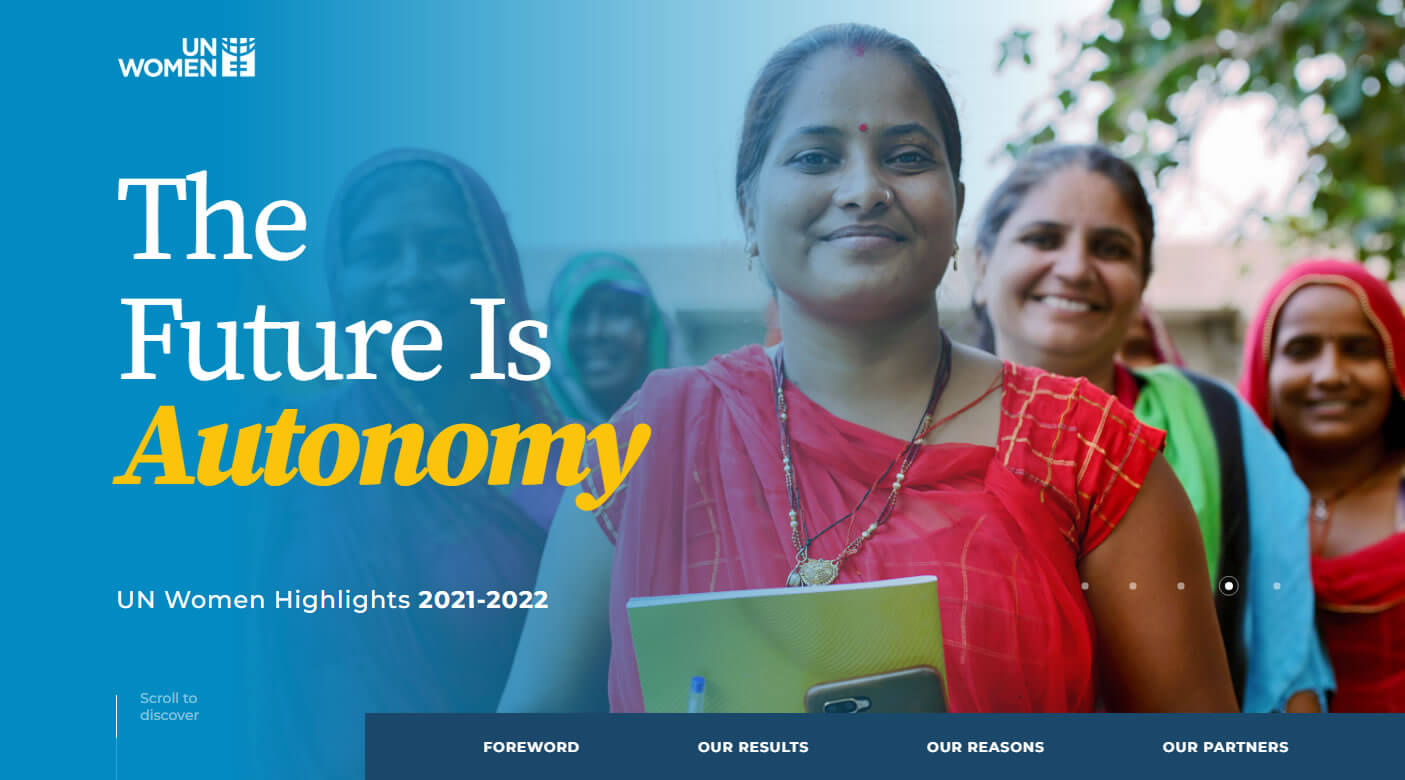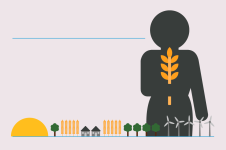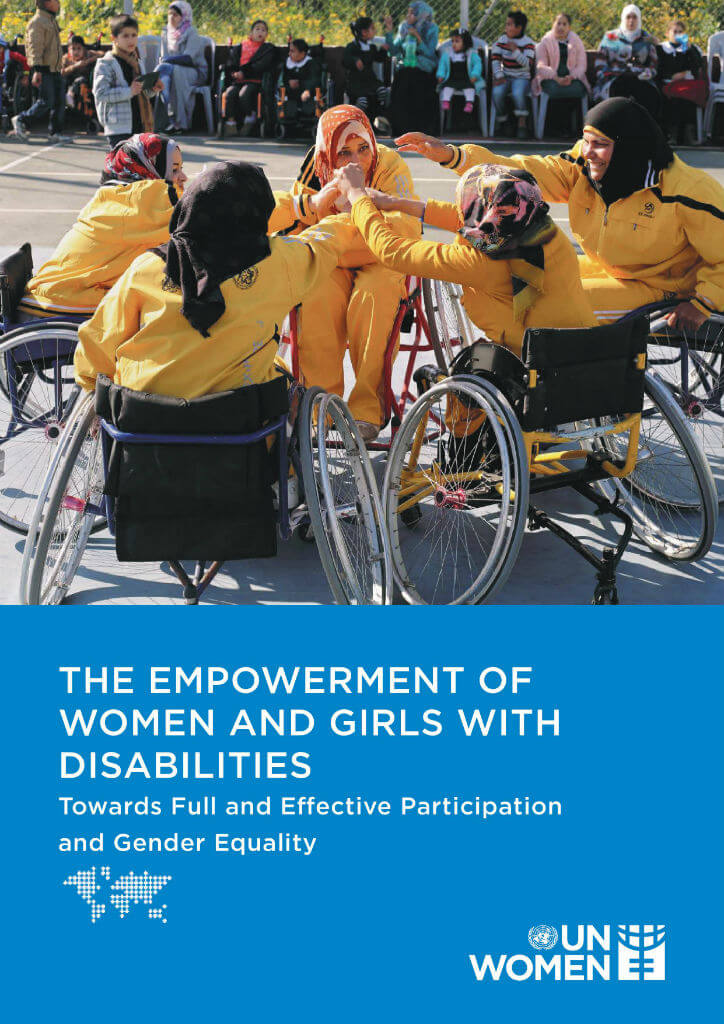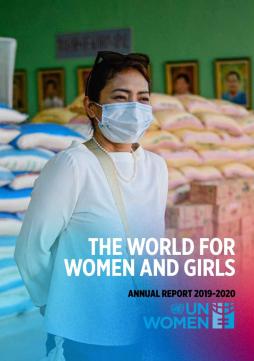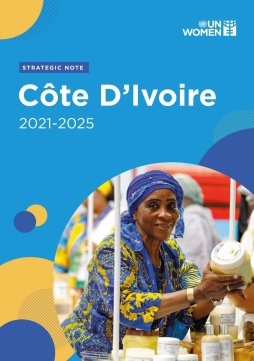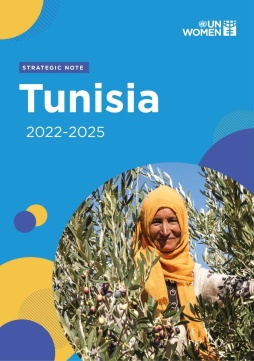The empowerment of women and girls with disabilities: Towards full and effective participation and gender equality
It is estimated that more than one billion people in the world experience some form of disability. The average prevalence rate in the female population 18 years and older is 19.2 per cent, compared to 12 per cent for males, representing about 1 in 5 women.
Women and girls with disabilities face systemic marginalization and attitudinal and environmental barriers that lead to lower economic and social status; increased risk of violence and abuse, including sexual violence; discrimination as well as harmful gender-based discriminatory practices; and barriers to access education, health care, including sexual and reproductive health, information and services, and justice as well as civic and political participation. This hinders their participation on an equal basis with others.
This strategy document was developed to ensure a more systematic approach to strengthen the inclusion of the rights of women and girls with disabilities in UN Women’s efforts to achieve gender equality, empowerment of all women and girls, and the realization of their rights. The strategy aligns with UN Women’s Strategic Plan 2018–2021 and commitments made in the common chapter to the Strategic Plans of UNDP, UNFPA, UNICEF, and UN Women, and further builds upon UN Women’s work in the area of empowerment of women and girls with disabilities.




